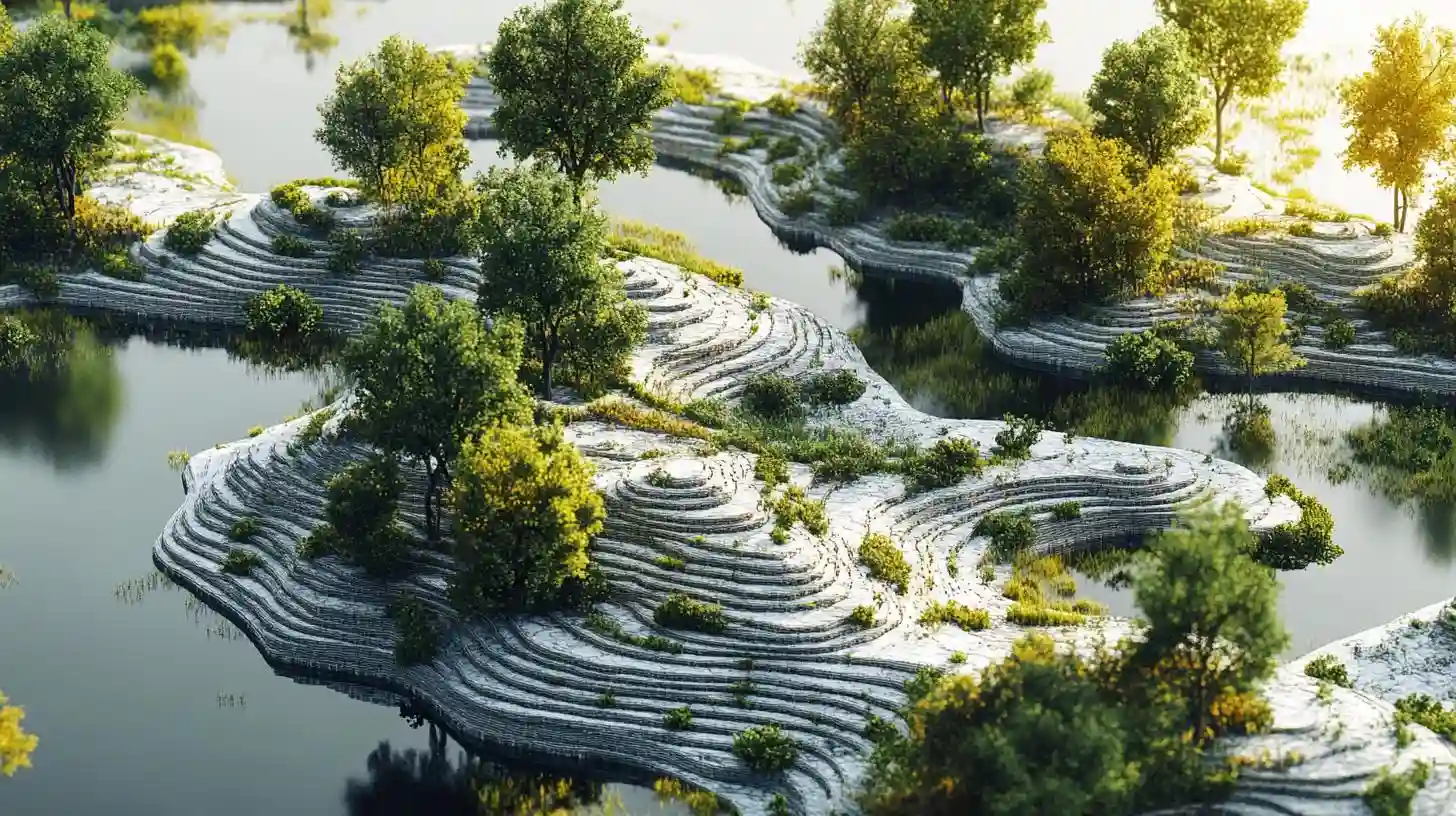
In the landscape of modern infrastructure, the winding belt on land represents a significant evolution in connectivity, serving not only as a thoroughfare for transportation but also as a symbol of human ingenuity and the pursuit of progress. This linear structure, often characterized by its continuous and dynamic form, weaves through cities, communities, and rural areas, acting as a connector of people and goods. The winding belt epitomizes the intricate relationships between urban planning, economic development, and social interaction.
Traditionally, highways and roads have been the backbone of urban and interurban transit. However, the winding belt introduces an innovative approach to how communities link with one another. Unlike conventional roadways that might create barriers between neighborhoods, the winding belt often flows seamlessly through urban landscapes, integrating public spaces, green areas, and residential zones. This thoughtful design promotes not only connectivity but also accessibility, inviting pedestrians and cyclists to participate actively in the movement along these routes. The resulting increase in foot traffic enhances local businesses, fosters community engagement, and enriches the societal fabric.
The paving of winding belts also reflects technological advancements in materials and construction techniques. Modern engineering practices allow for the creation of durable, flexible structures that adapt to varying topographies while minimizing environmental impact. These belts are often equipped with smart technologies that manage traffic flow and provide real-time updates to commuters. Features such as integrated sensors, dynamic traffic signals, and energy-efficient lighting systems not only enhance safety for users but also exemplify the broader trend towards smart cities, where infrastructure is designed to respond to the needs of the populace with efficiency and foresight.
Additionally, the winding belt on land plays a vital role in promoting sustainability and environmental awareness. Many are designed with eco-friendly considerations at their core, incorporating permeable materials that allow for natural water drainage and reduce runoff. They are often lined with vegetation that not only beautifies the landscape but also contributes to improved air quality and habitat creation for local wildlife. The integration of renewable energy sources, such as solar panels and wind turbines alongside these belts, further exemplifies a commitment to sustainable development practices, making them a viable part of a green infrastructure strategy.
As cities expand and populations grow, the demand for efficient transport networks becomes increasingly critical. The winding belt serves as a solution to meet these evolving needs, linking various modes of transportation. These spaces are designed to facilitate a variety of transit options, from buses and car-sharing services to bicycles and pedestrians, making them crucial components of multimodal transportation systems. This interconnectedness not only enhances convenience for commuters but also lessens reliance on private vehicles, contributing to reduced traffic congestion and lower emissions.
Furthermore, the cultural significance of the winding belt cannot be understated. These pathways often become social hubs where community events, markets, and festivals are held, promoting local culture and fostering community spirit. The physical form of the winding belt encourages interaction between diverse groups of people, helping break down barriers and build a sense of belonging. As such, they become essential spaces for socialization and collective expression, reflecting the identities and values of the communities they traverse.
Globalization also plays a role in the evolution of the winding belt on land. As economies intertwine and trade networks expand, these belts function as critical arteries that facilitate the movement of goods across vast distances. Their design often considers not only local connectivity but also integration with larger transportation networks, such as highways, railways, and ports. This dual functionality underscores the importance of these structures in promoting economic resilience and competitiveness in an increasingly interconnected world.
In a broader sense, the winding belt symbolizes modernity and the human capacity for innovation in design and infrastructure. As societies advance, these belts represent the intersection of tradition and progress, blending historical roots with contemporary aspirations. They are markers of civic pride and ambition, embodying the dreams of communities striving for a more interconnected, efficient, and sustainable future. The winding belt is more than just a pathway; it stands as a testament to humanity's steadfast pursuit of connectivity and development in an ever-changing world.